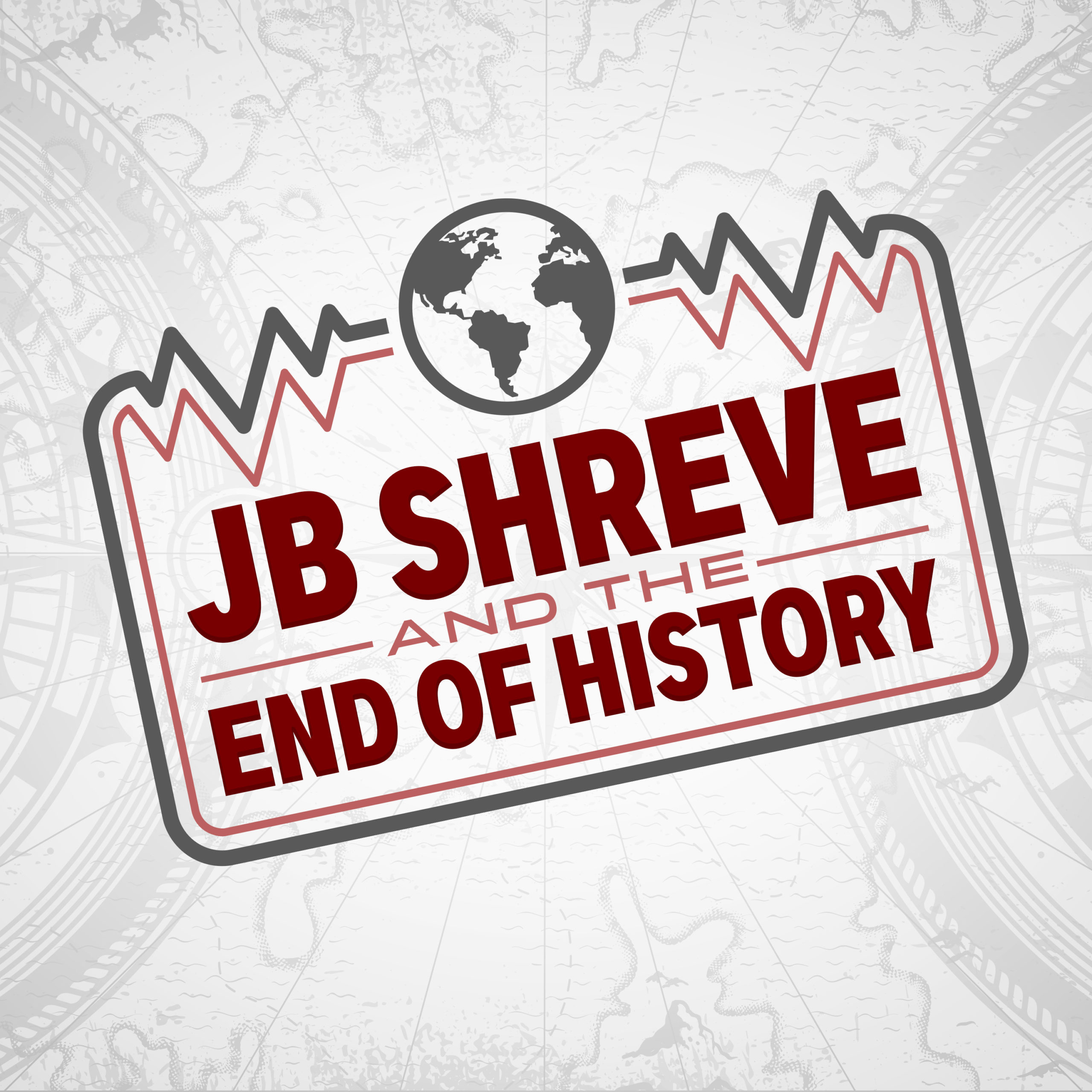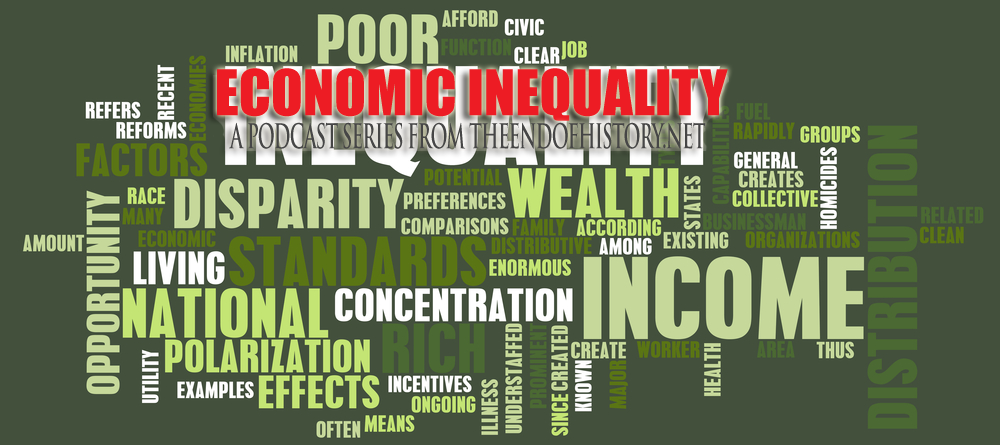This is part one of an ongoing series this week from JB Shreve and the End of History. Check back tomorrow for part two.
The United Nations and the Trump administration are having a bit of an eye rolling debate regarding the number of Americans living in extreme poverty. This debate demonstrates the standard arguments regarding economic realities in America that simply miss the more important points of the nature and weaknesses of the modern American economy.

According to the UN 18 million Americans are living in extreme poverty. US ambassador to the UN, Nikki Haley, has said this number is “politically motivated and patently ridiculous for the UN to examine poverty in American.” Meanwhile commentators on both sides of the debate and this huge number have come out in full force to argue the erroneous stances being taken by either the UN or the Trump administration on the issue of extreme poverty in the America.
The Trump administration puts the number of Americans living in extreme poverty closer to 250,000. That number is very likely too low but not by as much as many might believe. The UN’s number of 18 million is inaccurate due in large part to its measurement being based on very outdated criteria.
The reality is that the nature of poverty and being poor in America has shifted dramatically over the last half century. The burden of poverty no longer rests upon the poor like it once did. This is not to say that people are not struggling but the nature of their struggle does not fit the image we typically rely upon when we imagine the plight of the poor.

 Government programs, subsidies and supports commonly referred to as welfare have been largely effective in propping up the poor of America. In the America of today a poor person can find assistance for housing, groceries, childcare, employment, education, healthcare, and on and on. This assistance is primarily through the government but there are also private channels of charity that assist. There are obvious exceptions to this rule but, for the most part, those living in extreme poverty today are those who have either chosen to do so, or those who have chosen to abandon the systems of support our government and society has put in place.
Government programs, subsidies and supports commonly referred to as welfare have been largely effective in propping up the poor of America. In the America of today a poor person can find assistance for housing, groceries, childcare, employment, education, healthcare, and on and on. This assistance is primarily through the government but there are also private channels of charity that assist. There are obvious exceptions to this rule but, for the most part, those living in extreme poverty today are those who have either chosen to do so, or those who have chosen to abandon the systems of support our government and society has put in place.
I can feel many readers’ eyes rolling at the suggestion that people have chosen to live in extreme poverty. Frequently, the people falling into this category struggle with mental illness, drug addiction, or both. (See this also, for further correlation between poverty and mental illness.)
This is not to say the poor and those living in poverty do not need continued assistance or even increased assistance but rather to reshape our perspectives of what it means to be poor in America today.
The greater obstacle to losing these systemic supports provided to the poor in America is not one of access but of outgrowing the benefits. For example, a single working mother could qualify for multiple benefits for herself and her children but still fall below any subjective line of economic comfort. She is working hard at a low-paying job and barely getting by for her family’s financial needs. Thankfully, government benefits help feed her children at school, fund schooling, provide assistance at the grocery store, and help with housing and utility bills.
This is where we come to the point in debates like those between the Trump administration and the United Nations that many miss today. What if that single mother had the opportunity for a better job? What if a door was opened where she could work a second job and increase her family’s income by 20% or what if she simply earned a promotion at her existing job and secured a 20% pay raise?
The idea of the American dream suggests if we are willing to work hard and go the extra mile we can secure greater benefits and prosperity for our family. That is no longer accurate though. If our hypothetical single mother working hard to raise her children were to earn a 20% raise she would very likely see that rise in income offset by a reduction in her government benefits. School lunch prices might increase. Eligibility for housing and utility assistance could be lost. She would ultimately have to weigh the financial benefits of a promotion or a second job against the costs to her government assistance programs. The cost benefit analysis must also include the recognition that higher pay usually means more work and less time with her children who she is trying to create a better life for in the first place.
In effect, the single mother, along with a large population of American poor, have become stuck in their poverty. The well-intended social safety net has become a trap where they cannot expect a reasonable pathway of escape. Those living in this trap also happen to live in neighborhoods with higher crime rates, schools with lower test scores, lower-quality healthcare, and threats to their well-being that go far beyond the defined levels of income they receive.

A cycle is created that puts the single mother’s family at risk as they live in the reality of these dire statistics and she cannot escape the cycle unless she is willing to forego the much needed government assistance she receives. The immediate and definite costs of this step to her family’s living reality frequently outweigh the potential long-term advantages of moving beyond government assistance. The future holds possibility but the present holds definite demands. The cycle and trap of poverty continue and it is bought to you by the well-intended efforts of the American government’s assistance program.
This is only the first part of the story though. What about those who do rise or exist outside the threshold of poverty and outside the boundary lines of government assistance programs? We will look at this one in the next post in this series as we observe the modern American Middle Class.
Additional Reading: Poorest Americans Lost More Ground











